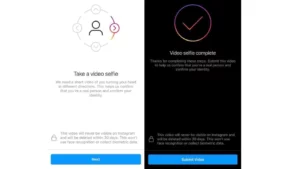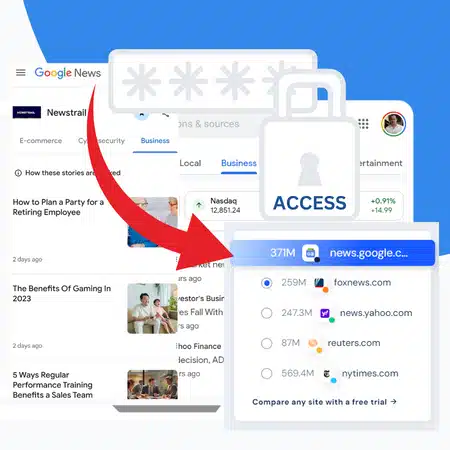The sophistication with which search engines like Google assess the value and relevance of web content has evolved a great deal and that can be seen in the Google Helpful Content Update which we wrote about. One such advancement in ensuring users find genuinely valuable information is the implementation of the Google helpful content system. This system, fueled by machine learning, scrutinizes content to ensure that it’s not just designed to rank well, but to provide genuine value to the reader.
So will a quick, knee-jerk reaction help you recover?
We have now learned that this is site-wide which means a few little tweaks will not help you win.
Here’s an in-depth look at what this means for your website.
The Core of Google’s Helpful Content System
How Machine Learning Enhances Content Evaluation
At the heart of the helpful content system is machine learning—a dynamic technology that allows the system to understand and judge content based on a myriad of factors. These factors, or signals, are numerous and encompass more than just the visible text or images. They correlate strongly with the elements that human quality raters would consider indicative of high-value content.
Site-Wide Signals for a Holistic Approach
It’s crucial to recognize that the system doesn’t operate in isolation on a page-by-page basis. Instead, it generates a site-wide signal that influences the ranking of all content across your domain. This holistic assessment ensures that websites fostering a majority of high-quality, helpful content are aptly rewarded, while those with prevalent low-quality or unhelpful pages might see a dip in their performance.
Implications for Your Website
Continuous Content Evaluation
The machine-learning model operates globally and across all languages, continuously evaluating content. It is not a one-time audit but an ongoing process that ensures the latest content meets the set standards. This automated, ever-vigilant scrutiny means that any slip in content quality could influence your site’s overall ranking.
A Balanced Content Strategy
For content creators, this means a consistent strategy aimed at producing helpful, reliable, and people-first content is more crucial than ever. The impact is site-wide—so the presence of unhelpful content can affect the performance of your otherwise valuable pages.
Third-Party Content Considerations
If your website hosts third-party content or uses subdomains, the helpful content system’s site-wide signals will take this into account. If such content diverges from the primary purpose of your site or lacks proper oversight, it’s advisable to prevent it from being indexed to avoid potential negative impacts on your site’s overall classification.
Responding to the Helpful Content System
Self-Assessment and Adaptation
If your website has experienced changes in traffic that you suspect are linked to this system, especially after an update, it’s time to take a close look at your content. Identify areas that may not be up to par and take corrective action—whether that’s improving the content or removing it altogether.
Recovery and Resilience
Recovery from a negative classification isn’t instantaneous. It may take months for the system to recognize and reflect changes you’ve made. But it’s not all dire; the classifier’s continuous operation means it can detect when unhelpful content is no longer prevalent and adjust your site’s classification accordingly.
Updates and Ongoing Optimization
Google periodically refines the classifier to improve its detection capabilities. With each “helpful content update,” your website has a fresh opportunity to be reassessed under the new parameters. If your content has improved since the last classification, your website could see a positive shift in ranking.
In Conclusion
Navigating Google’s helpful content system requires a proactive and earnest approach to creating content that truly serves the reader. While the system employs machine learning to understand content comprehensiveness and helpfulness, the underlying principle is simple: prioritize value, relevance, and the user experience above all. By doing so, you not only align with Google’s criteria but also build a foundation of trust with your audience—culminating in a sustainable, successful web presence.









